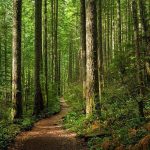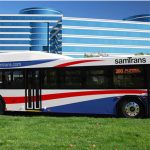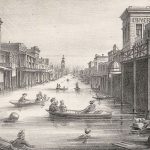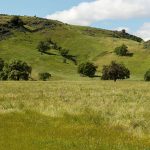Welcome to Monitor Notes, a weekly roundup of news items, event announcements, and updates on past Bay Area Monitor articles.
Awe-Inspiring

Research shows that taking a walk can inspire awe, “a positive emotion triggered by awareness of something vastly larger than the self and not immediately understandable.” According to a study in the journal Emotion, older adults who embarked on weekly 15-minute “awe walks” for eight weeks reported increased positive emotions and less daily distress. This shift was reflected in selfie photos participants snapped during weekly saunters as part of the study, which was conducted before the pandemic. “Experiencing awe is such a simple practice — just taking a moment to look out the window or pausing to consider the technological marvels that surround us — and we now show it can have measurable effects on our emotional well-being,” said Virginia Sturm, study author and UCSF associate professor of neurology. Where will you frolic and play? The Mercury News has ideas about hikes to nourish souls.
Planning Ahead

While some transit service routes were shuttered this year in response to the pandemic, we’ve rounded up recent news items that show different ways in which planners are pushing ahead to plan local service and improve options. The Water Emergency Transportation Authority is reviewing a hovercraft feasibility study to decide whether the vessels are technically and economically possible on San Francisco Bay. Back on dry land, the SamTrans board approved a plan to convert its bus fleet to 100 percent zero-emissions by 2038. And the Port of Oakland held a virtual community meeting this fall to talk about airport infrastructure improvements, said Executive Director Danny Wan in a San Francisco Business Times interview.
Drenched in History

Tidal restoration history is overflowing in a new Estuary News article written by the Monitor’s Robin Meadows. It turns out that the Great Flood of 1862 — the worst in California’s recorded history — provided recent inspiration to model and protect the region against heavy rain and flooding. When officials considered how much of the San Francisco Bay was under water more than 150 years ago, and took into account wake-up calls like Hurricane Sandy, it was clear significant action was needed. Intervention eventually came in the form of Measure AA, which voters passed in 2016. Flow into Robin’s article to learn more about the measure and how it aims to help residents and the environment.
Intertwined

Looking for perspective about climate change preparedness? Check out a December 15 Integrating Planning with Nature report from nonprofit planning group SPUR. It identifies interrelated challenges the Bay Area must face and makes the case for coordinated, nature-based solutions as part of policy planning. For example, SPUR researchers said they believe planners need to “couple” rural and urban areas to create climate resilience because decisions made in one area generally affect outcomes in another. They explain this dependent relationship through a Silicon Valley case study showing how natural systems can be protected and restored in both urban settings like the City of San José and rural landscapes like Coyote Valley. Read the report.
Monitor Notes is produced by Cecily O’Connor. To receive it by email, scroll to the bottom of this page, enter your email address in the box under “RECEIVE EMAIL UPDATES,” and click the red “SIGN UP” button.